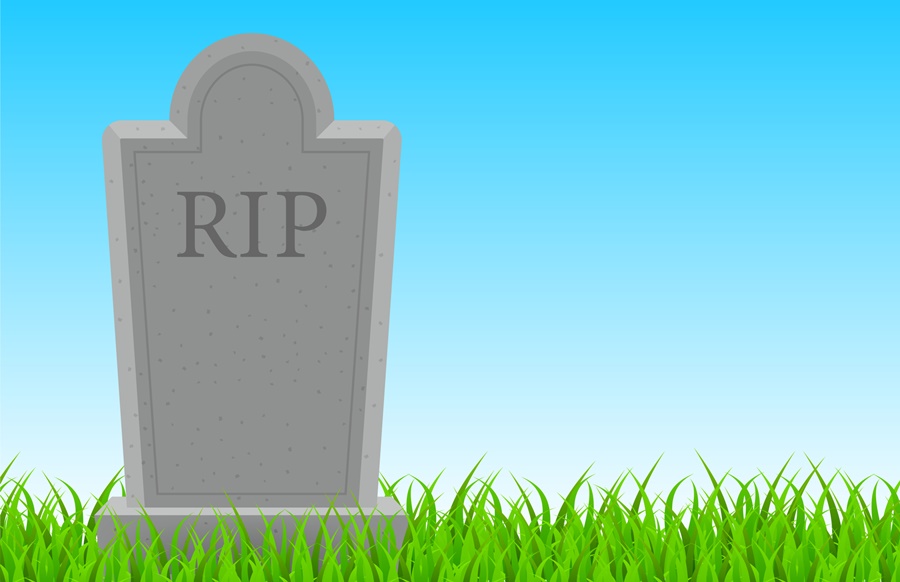
A dead trademark in the USPTO means that the trademark application or registration is no longer active. A trademark check using the USPTO’s Trademark Search System can easily reveal hundreds (if not thousands) of dead trademarks, many of which might have been dead for years or even decades. But why would a trademark be dead? In other words, what leads to a trademark application or registration becoming inactive?
Why Would a Trademark Be Dead?
There are really only two reasons why a trademark would be dead:
- The trademark application was abandoned by the applicant
- The trademark registration was canceled by the USPTO
Although this seems pretty darn simple and straightforward, I think it’s worth exploring what actually leads to trademark applications going abandoned and trademark registrations being canceled. This will give you a better understanding of why there are so many dead trademarks in the USPTO records.
Dead Trademark – Abandonment of Trademark Application
Some people are under the mistaken impression that filing a trademark application will automatically result in obtaining a trademark registration. Nothing could be further from the truth. In fact, a huge number of trademark applications go abandoned every year, thereby resulting in lots of dead trademarks.
Below is a list of common reasons why trademark applications go abandoned:
- The applicant failed to respond to a trademark office action
- The applicant failed to file a Notice of Appeal after receiving a final office action
- The applicant filed a trademark appeal with the Trademark Trial and Appeal Board (TTAB) but the appeal was unsuccessful
- The applicant failed to file the Statement of Use after the Notice of Allowance issued
- The applicant failed to file an Extension of Time after the Notice of Allowance issued
- A trademark opposition was filed against the application and the TTAB sustained the opposition
- The applicant filed an express abandonment of the application
As you can see, there are numerous situations that will lead to a dead trademark. Although the result is the same in each case (an abandoned trademark application), investigating the reason why a trademark is dead can often be helpful in determining whether you’ll be able to register a similar or identical trademark for your products/services.
Dead Trademark – Cancellation of Trademark Registration
Trademark registrations are frequently canceled by the USPTO. This is because owners of registrations (1) forget to maintain/renew their registrations during the specified time periods, (2) decide not to maintain/renew their registrations, or (3) never receive notice that their trademark registrations are being challenged by a third-party. So, this results in even more dead trademarks in the USPTO records.
The following is a list of typical reasons why trademark registrations are canceled:
- The owner failed to file the Section 8 Declaration of Use
- The owner failed to file the Section 71 Declaration of Use
- The owner failed to file the Section 8 and 9 Renewal
- The owner failed to respond to a post-registration office action
- A trademark cancellation was filed against the registration and the TTAB granted the cancellation
- The USPTO canceled the registration as a result of a trademark expungement or trademark reexamination proceeding that was filed against the registration
- The owner voluntarily surrendered the trademark registration
Again, although the result is identical in each scenario (a canceled trademark registration), looking into why the previously-registered trademark is now dead could shed some light on your chances of successfully securing a registration for a similar/identical mark.
How Can I Help You?
I’m experienced US trademark attorney Morris Turek. If you have questions concerning a dead trademark you found while performing a trademark search, please reach out to me right away for your 100% free consultation. You can contact me by phone at (314) 749-4059, through email at morris@yourtrademarkattorney.com, or by filling out the form located toward the bottom of this page. I look forward to speaking with you soon.
